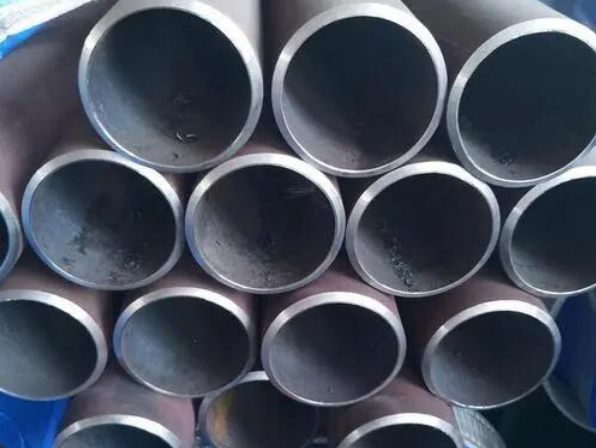
ASTM A36/A36M - Standard Specification for Carbon Structural Steel
ASTM A36 conforms to the standards of the American Society for Testing and Materials, and the ordinary carbon steel pipes produced according to the ASME standards are equivalent to China's Q235 material, which belongs to the American Standard and Common carbon steel plate.
ASTM A36 implementation standard: ASTM A36/A36M-03a.

Features: Low carbon content (<0.3%) makes it easy to weld and has good processing performance, but poor corrosion resistance (surface treatment is required)
Thickness range: 8mm~500mm (some manufacturers can produce 6mm~700mm)
ASTM A36 technical requirements: flaw detection, Z15Z35 thickness direction performance requirements, high strength, high toughness and other requirements.
Advantages of ASTM A36 carbon steel:
1. Excellent welding performance: suitable for manual arc welding, gas shielded welding and other methods.
2. Convenient processing: can be cut, drilled, bent, suitable for mechanical processing (processability 72%).
3. Low cost: more competitive price than alloy steel.
4. Strong versatility: widely used in structural parts, no complex heat treatment required.
Disadvantages: low strength (not suitable for ultra-high pressure environment), poor corrosion resistance (need to be galvanized or painted)
A36 Steel Applications :
Building structure: steel structure frame, bridge, tower.
Machinery manufacturing: machine tool base, vehicle chassis, agricultural equipment.
Industrial equipment: storage tanks, conveyor belt brackets, oil pipeline supports.
Others: pile foundations, templates, decorative parts, etc.
ASTM A36 Steel production process and testing:
Process: continuous casting → hot rolling → cold rolling → annealing → finishing (straightening, flaw detection).
Testing methods: ultrasonic flaw detection, tensile test, etc.
Mechanical properties of ASTM A36:
Yield strength——≥250MPa
ASTM A36 This type of steel can be smelted by oxygen converter, open hearth furnace or electric furnace, and is generally hot rolled into steel plates, steel strips, profiles and bars.
